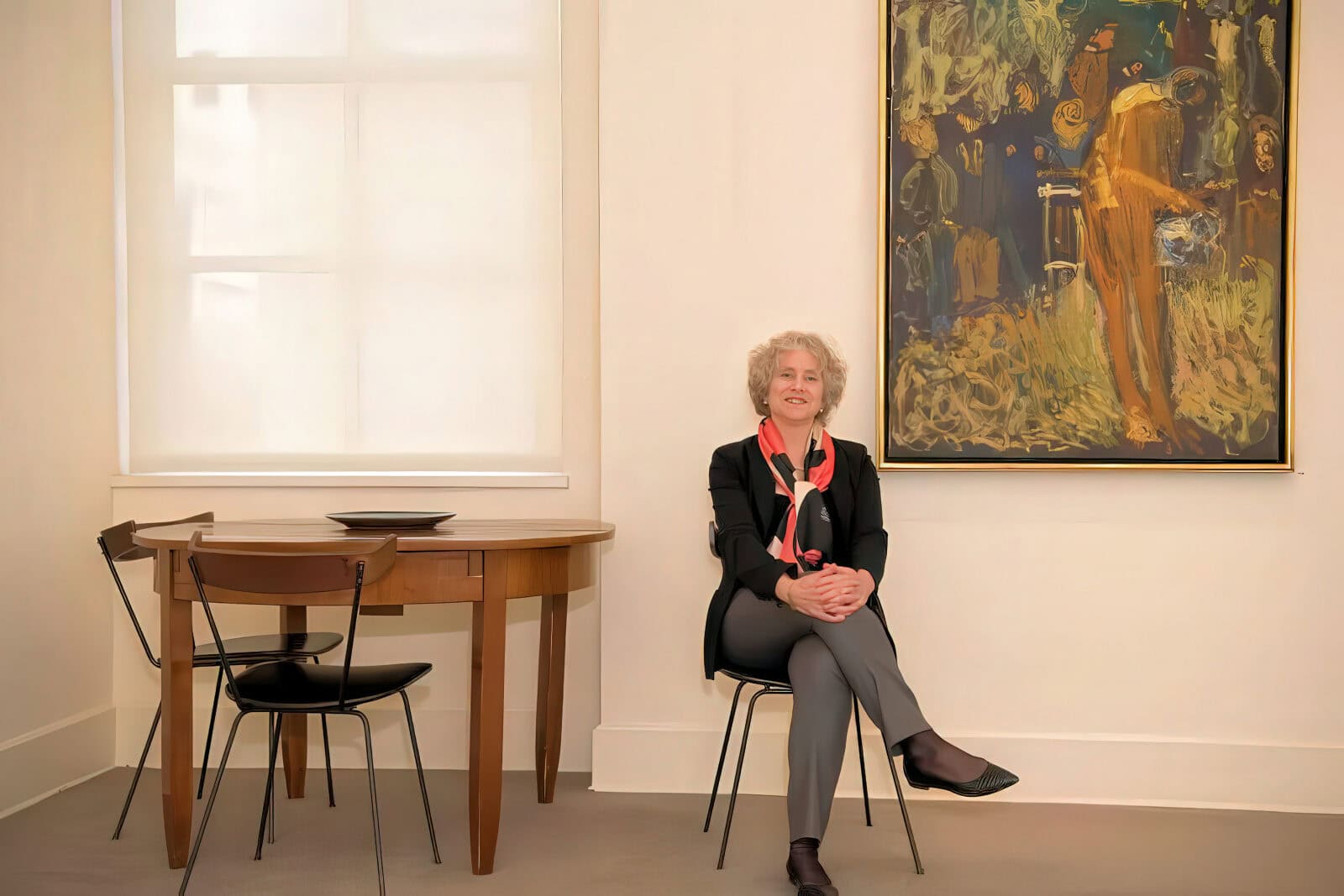$60 million art collection gifted to LACMA by Kallir family

The Los Angeles County Museum of Art (LACMA) has announced a transformative gift that will permanently alter its standing in the international art world — and shine renewed light on one of the most culturally significant émigré families of the twentieth century.
More than 100 Austrian Expressionist artworks, including masterpieces by Gustav Klimt and Egon Schiele, will enter LACMA’s collection from the Otto Kallir family.
The donation marks the first time the museum will own original works by the two modernist giants and represents a major philanthropic gesture that expands the scope of Los Angeles’s artistic identity.
The Kallir family’s donation includes oil paintings, drawings, and rare archival materials by pivotal figures in Austrian Expressionism — a movement largely defined by bold emotion, psychological depth, and radical experimentation.
Among the most significant works are Klimt’s Portrait of a Woman in White (1904) and Schiele’s Seated Male Nude (1910), both emblematic of the artists’ groundbreaking approaches to color, sensitivity, and human vulnerability. For LACMA, the addition of these works fills a longstanding gap in its modern art holdings, which have until now been notably sparse in Central European modernism.
Michael Govan, LACMA’s director, has called the donation “a watershed moment — one that not only brings two of the most important names in Viennese Modernism into the fold but also establishes Los Angeles as an emerging hub for Austrian Expressionist study.”
Otto Kallir (1894–1978) remains one of the central figures responsible for introducing Austrian modernism to the United States. Born in Vienna, he founded the Neue Galerie in 1923 — the first gallery to showcase artists such as Egon Schiele, Oskar Kokoschka, and Richard Gerstl.
That pioneering vision was interrupted in 1938 when Nazi Germany annexed Austria. Being Jewish, Kallir fled with his family, first to Paris and then to New York, carrying with him an extraordinary collection of Austrian art that might otherwise have been lost to history.
Once in the U.S., Kallir founded Galerie St. Etienne, which became the first American gallery devoted to Austrian Expressionism. It was there that he helped establish Egon Schiele’s international reputation and ensured that the works of other Viennese modernists were preserved and appreciated.
Over time, Kallir’s efforts gave rise to an enduring transatlantic dialogue between European Expressionism and American audiences.
The gift is being made by Kallir’s descendants, led by his granddaughter Jane Kallir, director of Galerie St. Etienne and founder of the Kallir Research Institute.
She is internationally regarded as the foremost expert on Egon Schiele, having authored the artist’s catalogue raisonné and spearheaded restitution research for Nazi-era artworks.
Jane Kallir described the donation as both a continuation of her grandfather’s mission and an act of return: “This gift honors both my grandfather’s work and the artists whose voices were nearly silenced by tyranny. LACMA’s commitment to scholarship, transparency, and accessibility ensures that Austrian Expressionism will reach a new generation of audiences far beyond Europe and New York.”
The extensive trove will serve as a foundation for research and education at LACMA, which plans to collaborate closely with the Kallir Research Institute and Austrian cultural organizations.
A major exhibition is already scheduled for 2026, tracing the migration of Expressionism from Vienna to America and commemorating the legacy of artists exiled by fascist regimes.
Art historians note that the addition of these works positions Los Angeles as a critical center for the study of Austrian modernism, complementing institutions like New York’s Neue Galerie. The expected academic engagement and public interest promise to establish LACMA as the West Coast’s foremost destination for early twentieth-century European art.
Through this landmark act of philanthropy, the Otto Kallir family has not only expanded a museum collection but also deepened a narrative of displacement, preservation, and renewal.
The donation transforms artistic loss into public legacy — ensuring that the story of Austrian Expressionism, and of the family who rescued it from oblivion, will continue to inspire audiences in Los Angeles and beyond.

